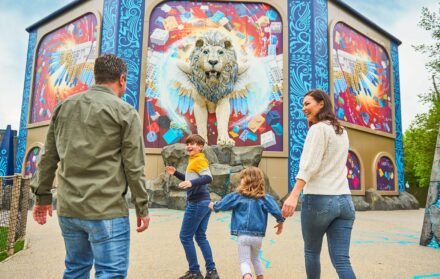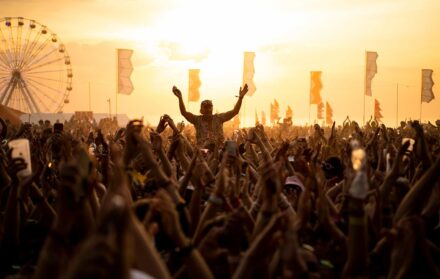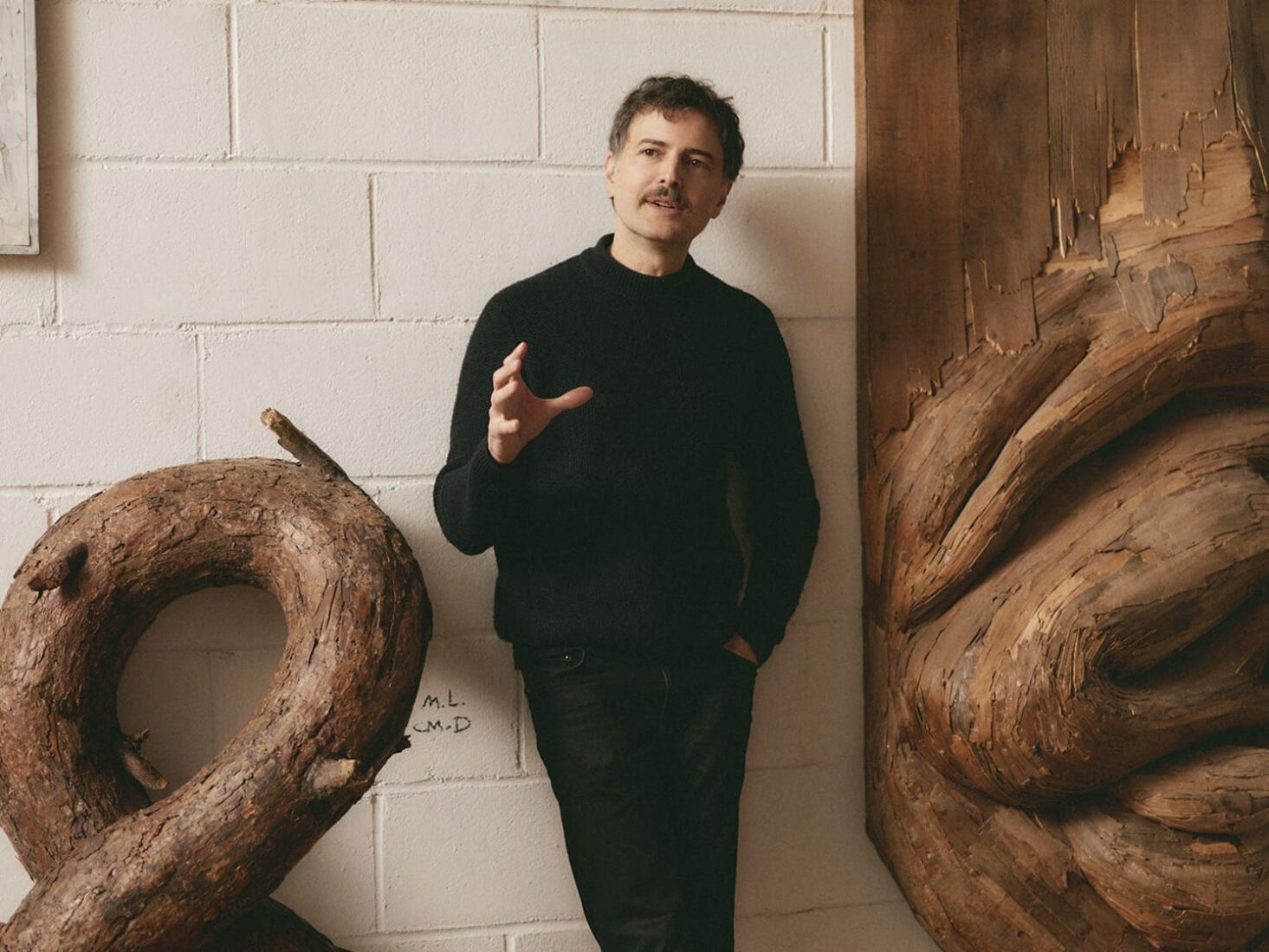
Henrique Oliveira: Meet the artist turning rubbish into high-impact sculptures
One of this year’s Ruinart Carte Blanche artists, we sit down with the London-based creative to talk sustainability and making a statement
You might not know the name Henrique Oliveira but, if you’ve seen one of his artworks, you’ll almost certainly remember it. The London-based Brazilian artist works with found materials, usually the discarded plywood used for tapumes (temporary fencing) in his native São Paulo, to create enormous sculptures that draw on themes of the intertwining of the urban and natural environments, the power of the organic world, and human reliance on nature, which we are often so quick to forget.
The latter is of particular importance to one of Oliveira’s most recent works: a series of vine-inspired pieces created as part of Ruinart’s annual Carte Blanche collaborative art programme. For the first time, Ruinart has called on six artists to each create a piece for a new sculpture garden at the champagne house’s French estate, as well as smaller-scale works which will tour the world this year, including a stop at Frieze London in October.
Oliveira’s sculpture, a sprawling web of interconnected vines and branches, has been designed specifically with the courtyard at Ruinart in mind, where it will sit permanently, becoming weathered and changing over time as a reminder of the forces of nature on the manmade. And, while the piece is currently under construction in Oliveira’s London studio, you’ll have to hop over to Champagne to see the final result: “It’s like nature,” explains Oliveira. “It happens in three dimensions and it changes as you build it; you never know how the finished product will look.”
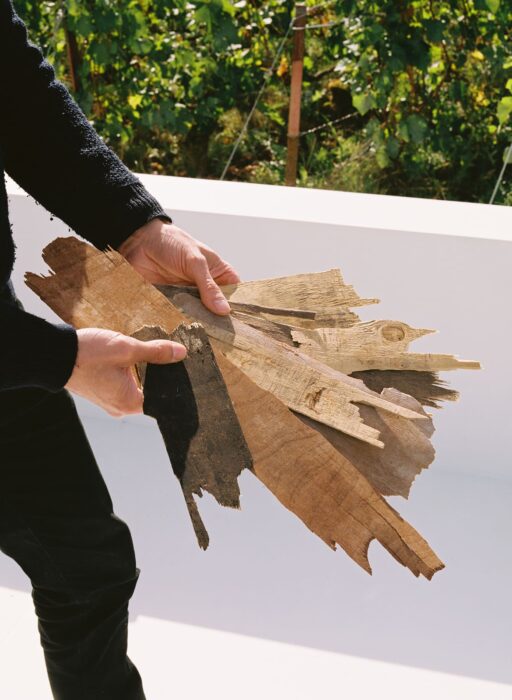
Image: Marion Berrin
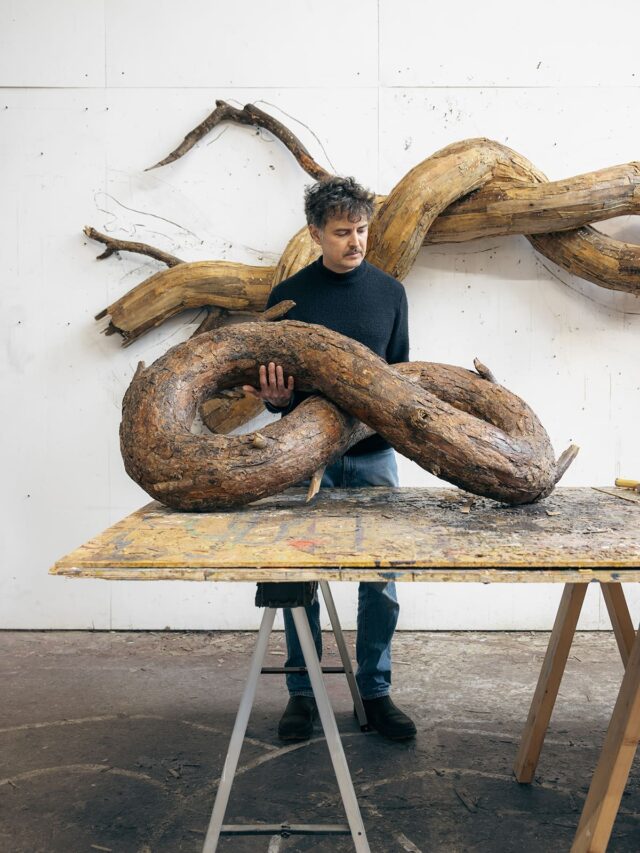
Image: Ilya Kagan
With exhibitions and commissions for the University of Pennsylvania, the Smithsonian Institute, and Palais de Tokyo already under his belt, this collaboration is part of a busy year for Oliveira, which will see him show at fairs across the globe, including Berlin, Abu Dhabi, Holland, Paris and London. We join him in his studio in Leyton, East London, to talk artistic process, the power of art to impact societal change – and what happens when things don’t quite go to plan.
At the beginning it wasn’t about the work being large scale, it was just the scale of the architecture of the gallery or space. The pieces were built into the architecture so they had to be the same size. Each sheet of plywood is 2×1 metres so that was already at a scale where the pieces had to be, I wouldn’t say monumental, but an architectural scale.
The first thing that attracted me was the pictorial qualities I found in the wood. I started by taking sheets of plywood from dumpsters and painting them but, at some point, I looked at the natural surface and realised it felt like a painting already. They reminded me of brushstrokes because of how the wood fibres break down and the colours and textures that were in them. It had a sense of geometric abstraction. From that materiality, I started to develop into more complex architectural situations and three-dimensional works.
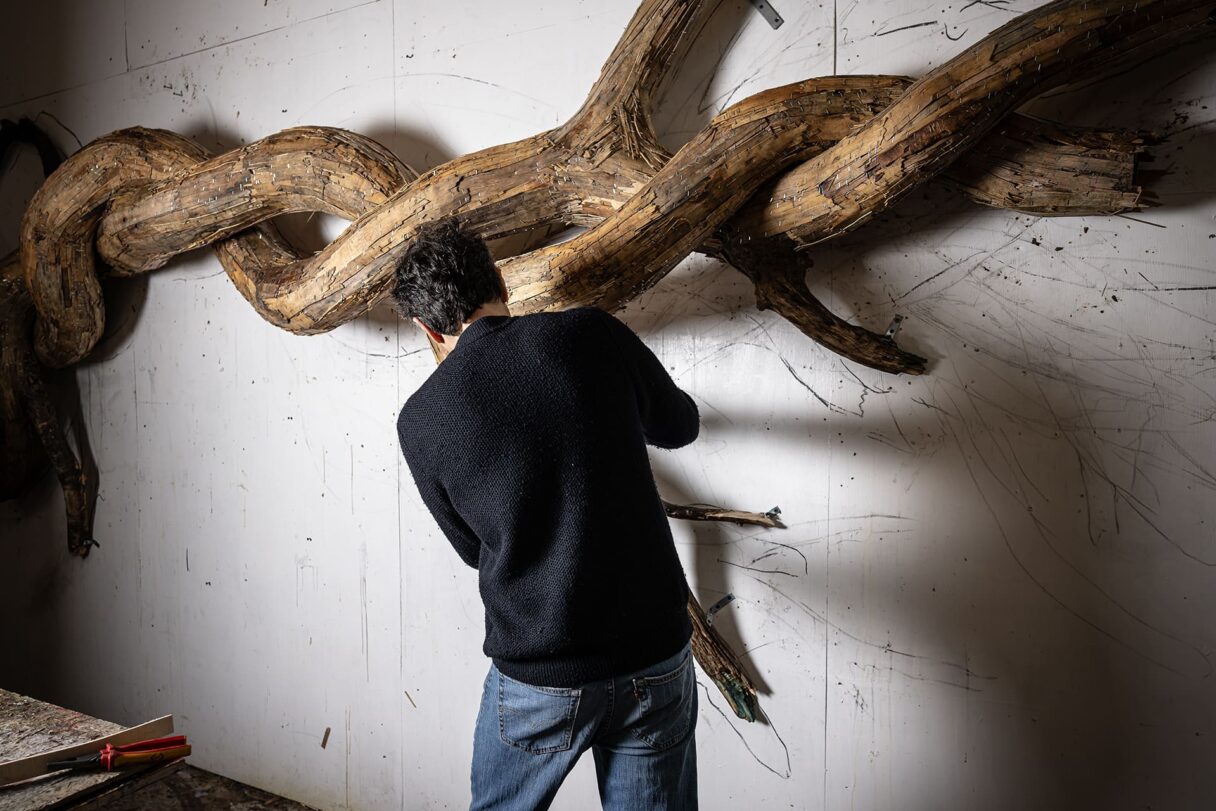
I believe that art serves as a vessel for various ideas, both from myself and those who view it. People often share their interpretations with me, sparking new insights that I sometimes incorporate into my subsequent works. However, I don’t create with a specific expectation of how viewers will perceive it because art is meant to stimulate individual thoughts and perspectives.
My process of fabrication highlights the importance of recycling. Plywood sheets are common in urban areas, construction sites, dumpsters. In my work, I try to put them back into the form of plants. I think there is an idea of reconciliation with nature that is in tune with the needs of the time we are living in.
This conversation is a meditative way of looking at nature. Although living things won’t respond to us, this approach invites us to look at them differently. I think art is like a seed that we plant and cultivate. We may harvest its fruits many years later when new generations understand its meaning, or will attribute a meaning to it that would not be possible to think of today. In my opinion, it’s a very slow process.
Although I don’t see my work as a manifesto on the environment, in a way, it embodies the efforts needed to return nature back to its original form. The history of humanity used to be the history of understanding and taming nature, from the agricultural revolution to the development of science in the modern age. Nature used to be big and humans small. In the 21st century, this equation has been inverted and we now urgently need to find ways to reconcile our lifestyle with the preservation of the planet, with the conservation of biodiversity, and the climatic conditions. I like to draw a parallel between the effort put into the process of crafting the scraps of used wood into a tree-like form and the effort that we have to put in to preserve nature. It’s not an intentional message, but it reflects the spirit of our time.
It’s a beautiful place. Especially the amazing cellars which have been there since the 13th century. It’s great to do this kind of trip, to meet the other artists and have the opportunity to hang out. It doesn’t often happen because you go to a gallery or an opening and just see them briefly. You don’t even get to talk. But when you’re there in France for three days you’re really going to talk.
I don’t know how much inspiration I get from the places I’ve lived in; it certainly happens but it takes a long time to reflect in my work. My artistic journey reflects a fusion of urban and rural influences. While São Paulo represents the energy of a metropolis, London is an international centre and also offers a rare opportunity to enjoy nature through its extensive network of parks and green areas.
The Palais de Tokyo. A lot of things went wrong. I was doing a residency being funded by the husband of the woman in charge. By the time I arrived, they’d got divorced. She started having problems with blocked credit cards and things but I had already prepared a big installation and it was a good opportunity for me to show my work. I didn’t want to step back or make something small, and they didn’t want that either, but there was no money. I had to go to the ATM every day to pay the assistants. We ran out of materials and there was no producer; it’s crazy to do a new installation of that size without a producer, and on top of that one of my assistants was stopped at the airport because the residency didn’t think to tell him to say he was a tourist or sort him out a working visa. That was probably the most stressful.
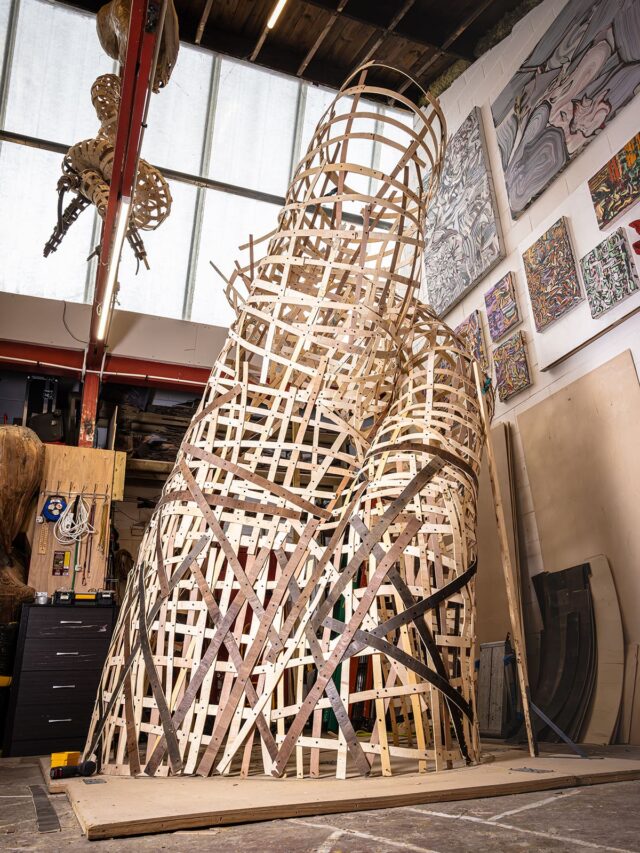
Image: Ilya Kagan
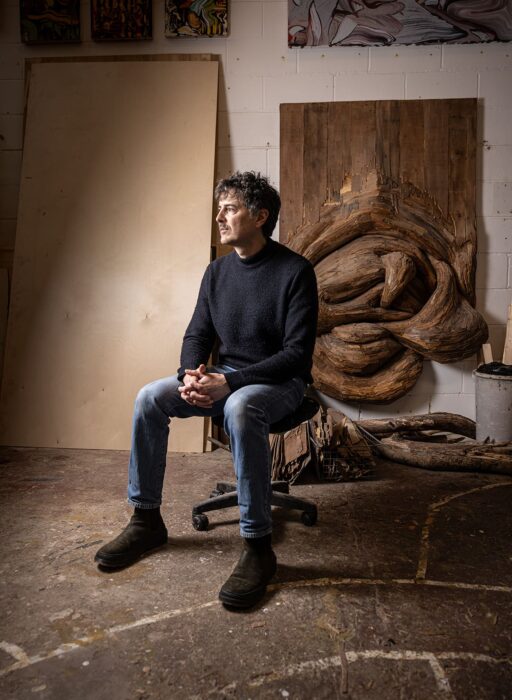
Image: Ilya Kagan
Many. Milton Nascimento, Werner Herzog and Fernanda Montenegro, to name just a few…
Visit ruinart.com
Read more: The best art fairs and exhibitions to visit in London in 2024

